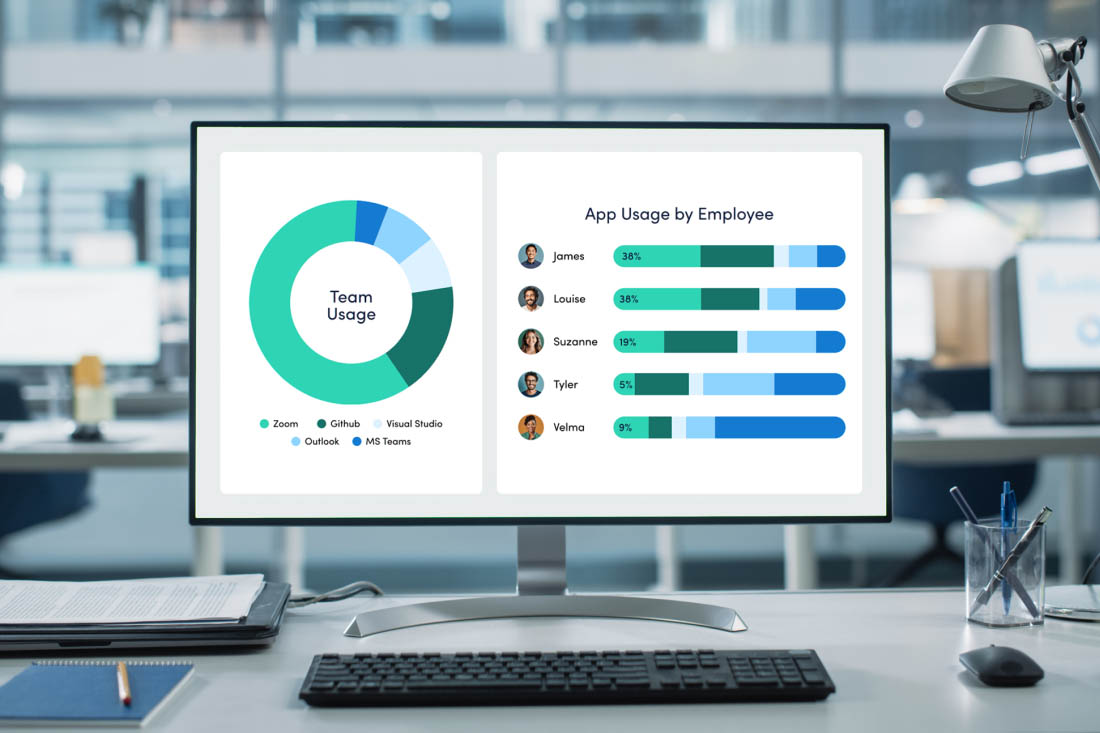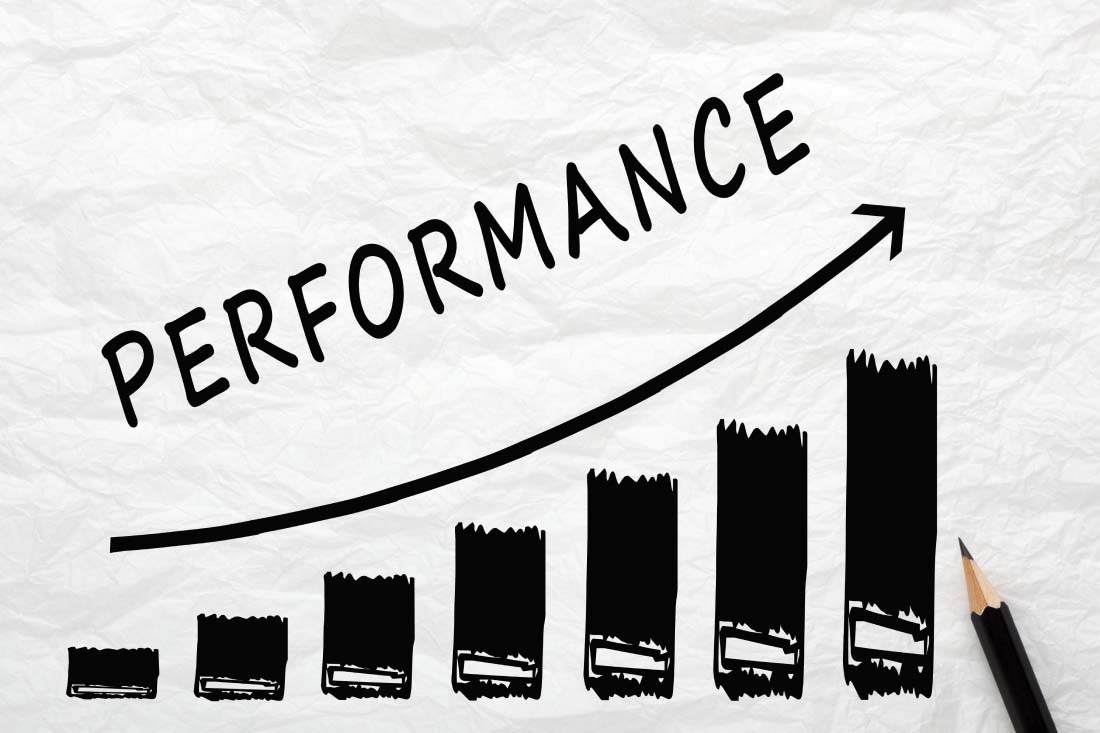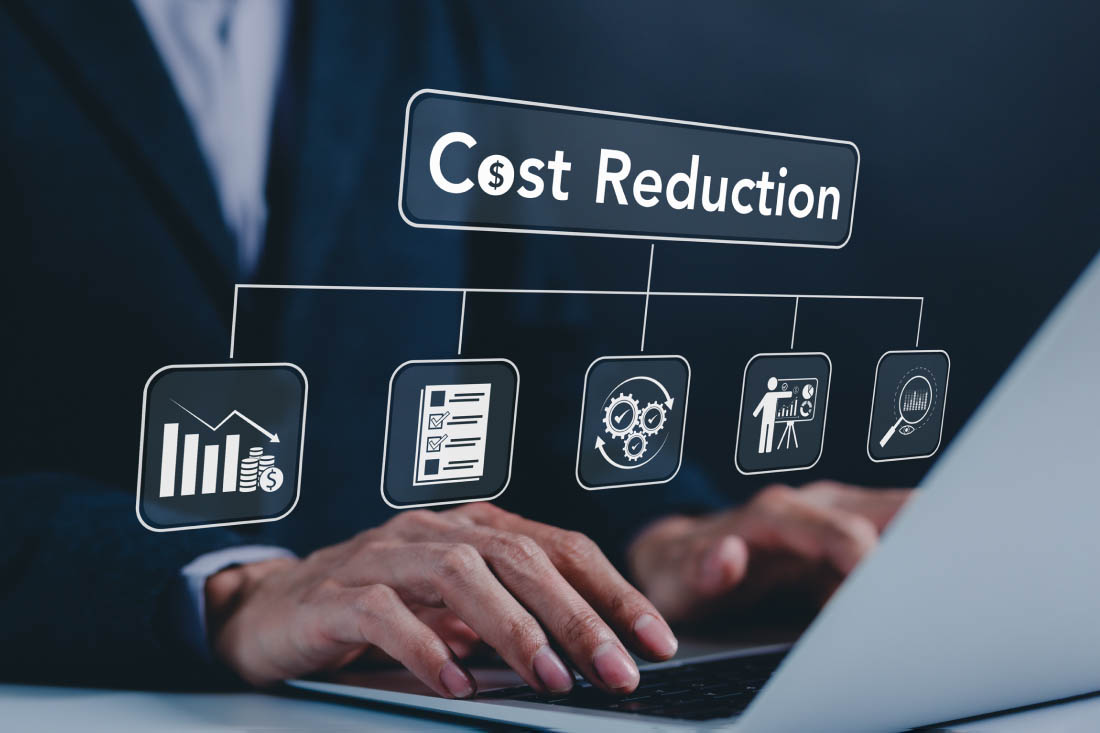Want to boost productivity at your organization? Evaluating your workforce is the way to go.
Competitive organizations regularly assess their workforce to ensure they have all the right skills, competencies and resources in place. Conducting a workforce assessment provides valuable insights into the current state of your workforce while identifying areas for improvement and potential risks. Learn about the importance of workforce assessments and how to conduct one within your organization.
What is a workforce assessment?
A workforce assessment is the process of analyzing data to evaluate alignment between current workforce capabilities and future business goals. During a workforce assessment, business leaders gain a comprehensive understanding of strengths, weaknesses and gaps. Conducting a workforce assessment equips organizations to make informed decisions regarding talent management, development and succession planning.
What is a workforce assessment used for?
Common reasons for conducting a workforce assessment include:
- To identify skills gaps and areas requiring development
- To anticipate future workforce challenges and trends
- To support strategic workforce planning
- To improve employee engagement and productivity
Identifying skills gaps and areas for improvement is important to ensure you have everything needed to meet business goals. By conducting a workforce assessment, organizations pinpoint specific areas where additional training or development programs are required. This targeted approach not only enhances the capabilities of individual employees, but also strengthens the overall workforce for more productivity and higher performance.
Performing a workforce assessment also empowers you to anticipate and plan for future challenges. By analyzing industry trends and market conditions, organizations can identify potential skills shortages or shifts in job requirements. Armed with this knowledge, they can proactively develop strategies like partnering with colleges, universities or high schools to create a pipeline of talent or starting internal upskilling programs to ensure teams remain adaptable and competitive.
A workforce assessment also provides insights into employee satisfaction and engagement, helping you boost productivity even more. Visibility into these metrics provides better planning around how to attract and retain top talent. It also gives managers ideas on how to prevent burnout or find ways to engage employees more effectively.
6 steps to conduct a workforce assessment
A workforce assessment gives you information about how your workforce is right now. It may be a one-time process for your company, or it may be an ongoing policy. Either way, an assessment is only effective if you put it into action.
Every organization will have different needs when it comes to assessing its workforce, but you can conduct a workforce assessment by following these steps.
1. Define workforce assessment goals
It’s important to clearly define your goals before starting the assessment process. These goals will guide the assessment process and ensure results align with your organization’s overall vision.
Some common goals are optimizing scheduling, tracking employee performance, understanding employee engagement, improving retention rates or hiring processes and determining where resources are used. Once you know what you want to learn about your workforce and why, you can decide where to look and what to measure.
2. Create a plan
Once you’ve determined the goals of your assessment, it’s important to create a detailed plan. Planning ahead ensures a smooth and effective assessment process.
Cover your ideal timeline, assessment methods and data collection processes. This includes staff members and a detailed plan of their responsibilities as well as what tools or technology you’ll use to collect and analyze data. A detailed budget is important, too.
3. Collect data
With your plan in place, it’s time to collect and analyze relevant data. Many organizations use employee surveys, performance data, personnel files and external benchmarking.
For greater accuracy, use ActivTrak. This workforce analytics software gives a more complete picture of work habits, productivity, technology usage and workflows than hand tallied data collection and subjective analysis. Intuitive dashboards and deep analytics provide actionable insights to help managers uncover opportunities and support recommendations with data.
4. Analyze data to identify insights and trends
Analyze and review your data to find information that stands out. It’s important to look at both positive and negative issues rather than focusing on one or the other. Even with software providing the analysis, it can be easy to fall prey to biases. Look for trends from the past that could inform the future as well.
5. Communicate findings across the organization
Buy-in is an important part of any workforce assessment plan. Getting your leadership on board is most important, although any team involved in changes will need to understand what’s happening. Equip HR leaders, team leaders and other managers to communicate with their teams about any changes to policies or procedures.
Share your findings with leadership to help guide workforce decisions and strategy planning, using data to back up your recommendations whenever possible. Discuss possible policy changes, headcount or hiring updates or training and development findings.
6. Implement changes and monitor impact
Following discussions with leadership, it’s time to implement changes and improve productivity. As you make changes, use workforce analytics to monitor their impact and ensure each one is effective.
For example, your assessment may indicate adding a new technology will significantly improve productivity across your organization. Workforce analytics tools will show how employees use the technology and if it actually helps or hinders productivity. In addition, the analysis may show some team members need additional training on the technology to use it effectively.
Assess your workforce with ActivTrak’s Workforce Analytics Software
Conducting a workforce assessment is critical for any organization that wants to align workforce capabilities with strategic objectives. Following the steps above is a great way to improve productivity and set the stage for long-term success.
For an even more accurate analysis, use ActivTrak’s comprehensive workforce analytics software. Get deep insights into employee productivity, make more informed decisions and achieve your business objectives faster. ActivTrak can help you manage hybrid or remote teams, monitor and measure productivity, prevent employee burnout and much more. Contact our sales team today to get started and unlock your organization’s full potential.





